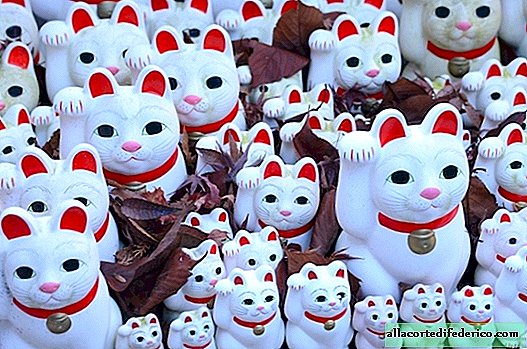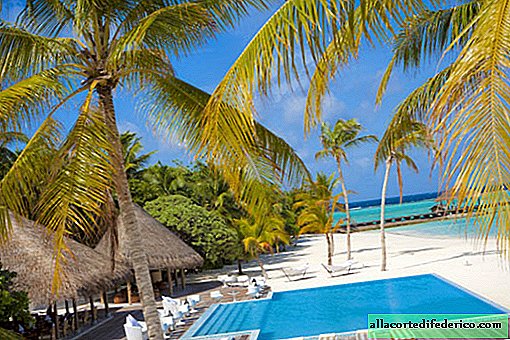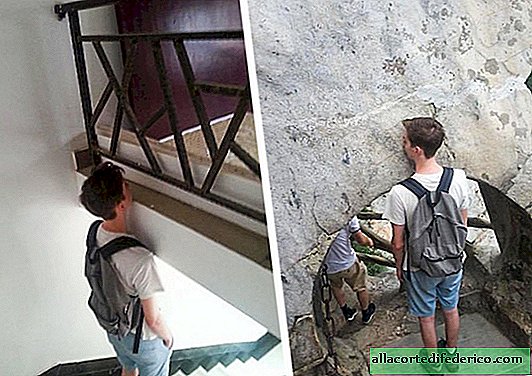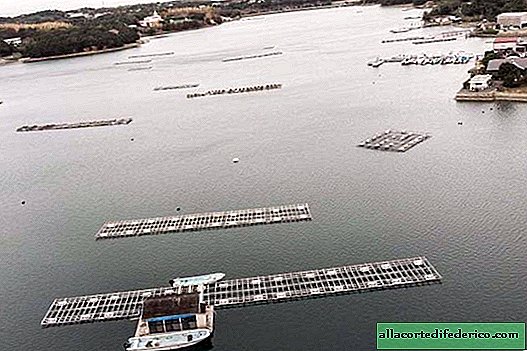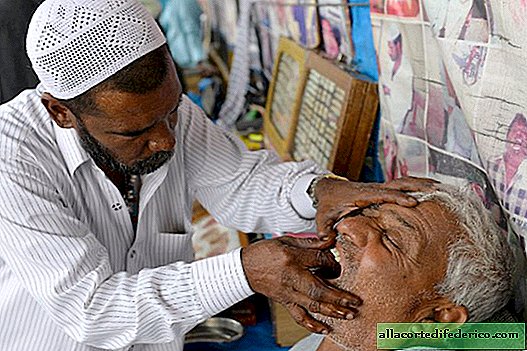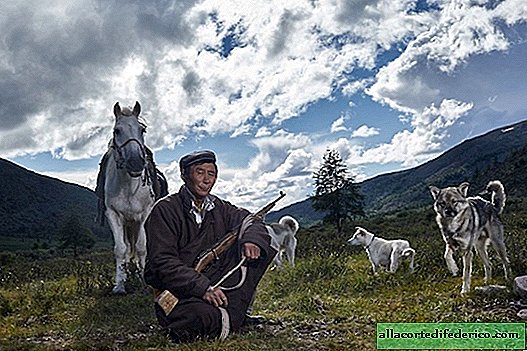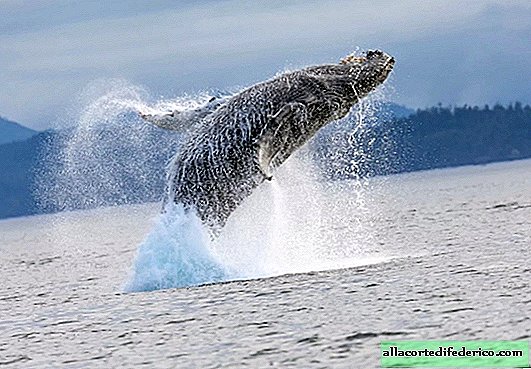Khoisan peoples are the most ancient of all living on Earth
African peoples living in the south of the continent, in desert regions, have long attracted the attention of anthropologists and ethnographers with their uniqueness in many respects. Their appearance, structural features of the body, as well as the unusual languages spoken by the peoples of this region, even served as the reason that they were singled out as a separate small race - South African. Today we will talk about the Khoisan peoples, which were recognized as the most ancient peoples among all living on our planet.

Khoisan peoples are the common name for a group of South African peoples who speak Khoisan languages. These languages are considered one of the most difficult to learn and have, along with ordinary sounds, specific clicking consonants that are not found in other languages of the peoples of our planet.
Khoisan includes several peoples who live south of the equator in the Kalahari desert and its environs. The most numerous peoples that make up this group are hunter-gatherers Bushmen and Hottentots, which include representatives of the Nama people. Most Hottentots living in semi-deserts and savannahs are cattle-breeding.

The Khoisan peoples belong to a separate minor race - the South African, or capoid, which scientists have identified as part of the Negroid race. And this separation is not accidental at all: too many differences were found between the Khoisan peoples and their continent neighbors. The first thing that catches your eye when meeting with the Bushmen or representatives of the Nama peoples is lighter skin with a reddish tint than other representatives of the Negroid race. In addition, Mongoloid facial features are captured in the external appearance, and the skin of Bushmen is prone to the early formation of wrinkles, that is, representatives of these peoples outwardly age faster than their neighbors, representatives of the Negroid race.

The geneticists who studied 220 people from various tribes of Bushmen and Hottentots helped shed light on the riddles of the capoid race. When scientists compared the genomes of the Khoisans with their neighbors on the continent, as well as with some other peoples who inhabit our planet, they came to the conclusion that the representatives of the capoid race were isolated from the rest of the ancient people about 90-100 thousand years ago. Thus, the Khoisans were recognized as the most ancient peoples on our planet, the development of which has gone their own way since time immemorial. But, as it turned out, from the moment they separated from other neighbors on the continent, a “genetic split” also occurred within the group of Khoisan peoples: about 35-43 thousand years ago, these peoples were divided into two groups, northern and southern, which is clearly traced in changes in their genomes. Among the representatives of the Bushmen, a high genetic diversity was also revealed, even against the background of the rest of the inhabitants of the continent, which is the most outstanding in the world in this regard. Indeed, it was on the territory of Africa that scientists discovered the greatest genetic diversity in comparison with other continents, which once again confirms the fact that the resettlement of ancient people in other regions could come precisely from the territory of Africa.



